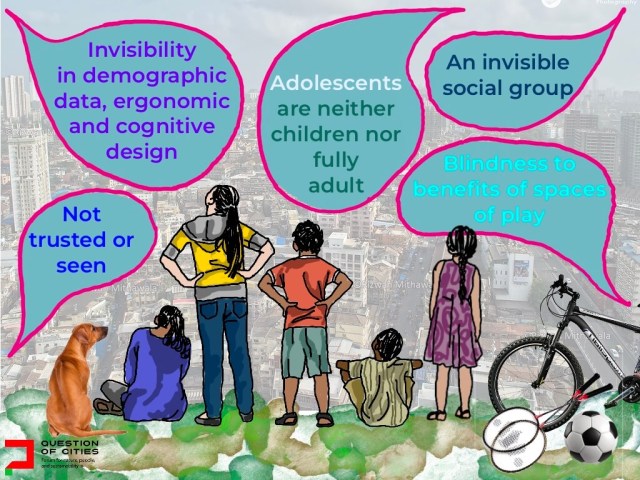
7 Easy Ways to Make Your Garden More Pollinator-Friendly
As the golden light of late summer bathes our gardens, we're reminded of the incredible work done by our buzzing and fluttering friends—the pollinators! From the busy bumblebee to the elegant monarch butterfly, these creatures are essential for a thriving ecosystem and a bountiful harvest. But with habitat loss and other environmental challenges, pollinators need our help now more than ever. This post offers seven simple, yet highly effective ways to transform your garden into a pollinator paradise, ensuring a bountiful harvest and a thriving ecosystem. It's easier than you think to create a space that both you and these vital creatures can enjoy. Let’s dive in!
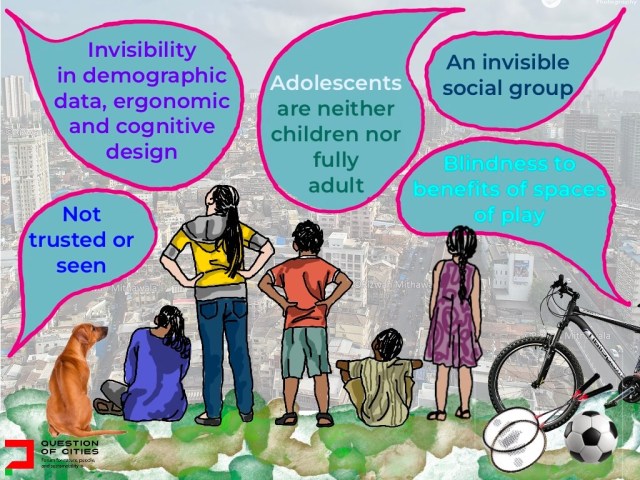
Alt text: A gardener's hand gently tending to plants, highlighting the nurturing aspect of gardening.
1. Plant a Diverse Array of Native Flowers
One of the best things you can do for pollinators is to provide them with a diverse buffet of native flowers. Native plants are adapted to your local climate and provide the specific nutrients and habitat that pollinators need to thrive.
- Choose a variety of flowers that bloom at different times of the year to ensure a continuous food source. Think spring ephemerals like trillium, summer bloomers like coneflowers, and fall favorites like asters.
- When selecting your plants, consider the different types of pollinators you want to attract. Butterflies love bright, flat-topped flowers like zinnias and milkweed, while bees prefer tubular flowers like bee balm and lavender.
- Last year, I planted a patch of bee balm, and it was a magnet for hummingbirds! They'd flit around all day long, a delightful sight.
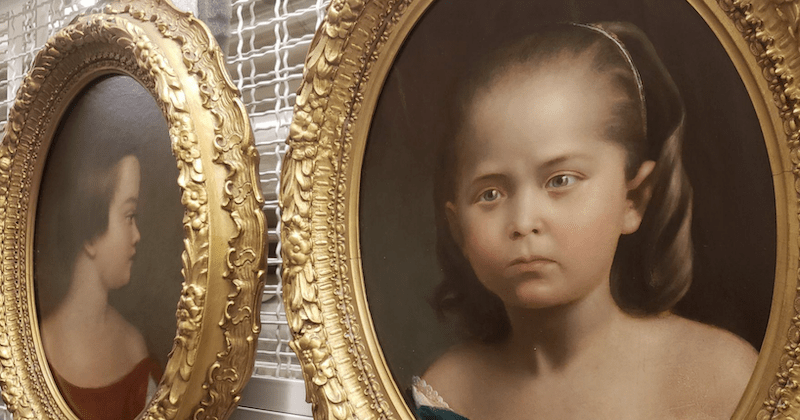
Alt text: A vibrant patch of native flowers, showcasing the diversity needed to support various pollinators.
2. Provide a Water Source
Just like us, pollinators need water to survive. Providing a shallow water source in your garden can make a big difference.
- Create a "bee bath" by filling a shallow dish with pebbles or marbles and adding water. The pebbles provide a safe landing spot for bees to drink without drowning.
- A simple bird bath works well too, just be sure to keep the water clean and refreshed regularly.
- I’ve found that adding a few drops of apple cider vinegar to the water can also attract butterflies, as they are drawn to the minerals.
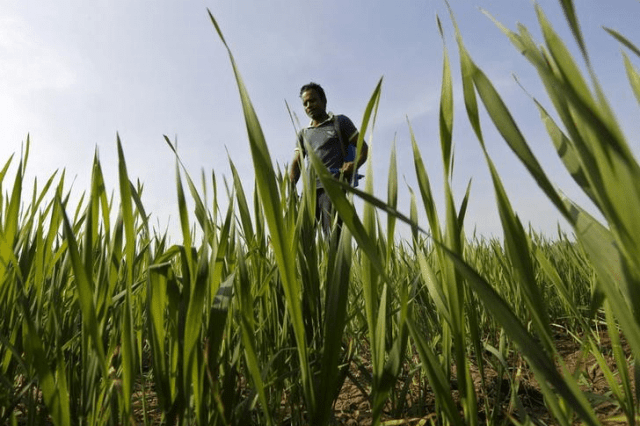
Alt text: A close-up of a bee drinking water from a shallow dish with pebbles, demonstrating the importance of a water source for pollinators.
3. Reduce Pesticide Use
Pesticides, even those labeled "organic," can be harmful to pollinators. Reducing or eliminating pesticide use is crucial for protecting these beneficial insects.
- Opt for natural pest control methods instead. Encourage beneficial insects like ladybugs and lacewings, which prey on common garden pests.
- Hand-picking pests off plants is another effective, albeit time-consuming, method. My grandmother swore by this method, and her garden was always teeming with life.
- If you must use a pesticide, choose one that is specifically targeted to the pest you're trying to control and apply it sparingly, preferably in the early morning or late evening when pollinators are less active.
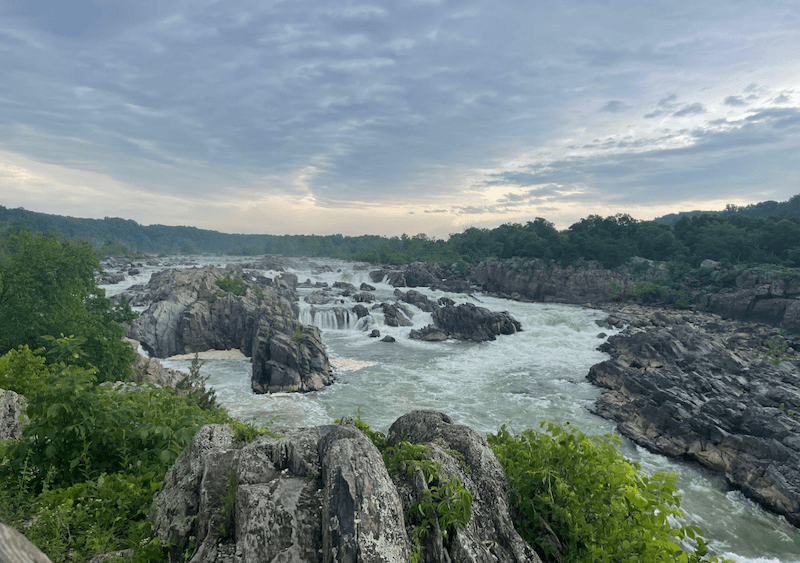
Alt text: A person tending to plants in a garden without using pesticides, showing a natural and eco-friendly approach.
4. Leave the Leaves (and Stems!)
Resist the urge to tidy up your garden completely in the fall. Many pollinators overwinter in leaf litter and hollow stems.
- Leave some fallen leaves on the ground to provide shelter for overwintering insects like butterfly pupae and bee larvae.
- Cut back flower stems in the spring rather than the fall to provide nesting habitat for solitary bees.
- Last year, I waited until late spring to cut back my coneflowers, and I was surprised to see several small bees emerge from the hollow stems!
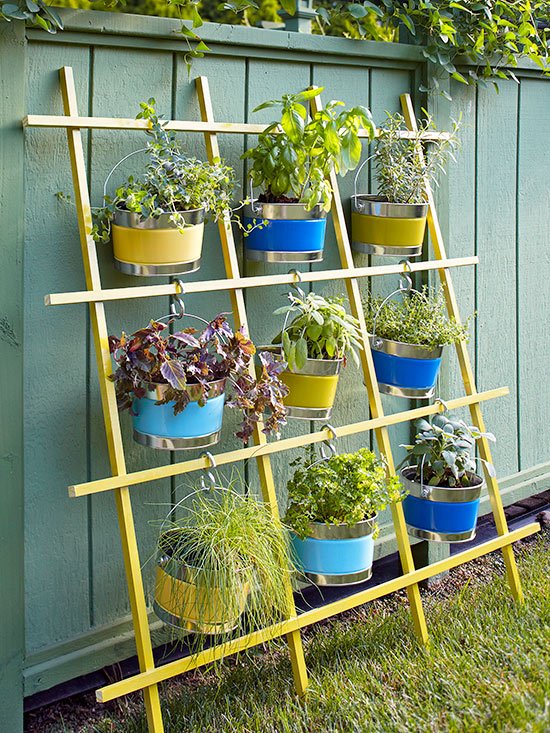
Alt text: A garden trellis with plants growing on it, providing shelter and nesting spaces for pollinators.
5. Create a Mud Puddle for Bees
Believe it or not, bees need mud! Female bees use mud to build their nests, so providing a muddy area in your garden can be a big help.
- Find a sunny spot in your garden.
- Dig a shallow depression, about 6 inches deep and 12 inches wide.
- Fill with a mix of sand and clay soil.
- Keep it damp, but not soggy.
- I added a small mud puddle near my vegetable garden this year, and I've already seen several bees using it.
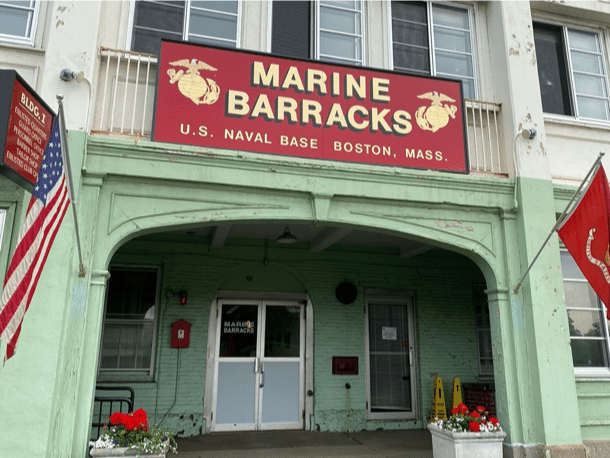
Alt text: A diverse array of plants in a garden, showcasing a healthy and vibrant ecosystem for pollinators.
6. Plant Host Plants for Butterflies
Butterflies need more than just nectar; they also need host plants for their caterpillars to feed on. Planting host plants is essential for supporting the entire butterfly life cycle.
- Monarch butterflies rely on milkweed, so plant plenty of milkweed in your garden.
- Black swallowtail butterflies use plants in the parsley family, such as dill, fennel, and parsley, as host plants.
- Providing host plants ensures that butterflies can reproduce in your garden, creating a sustainable population.
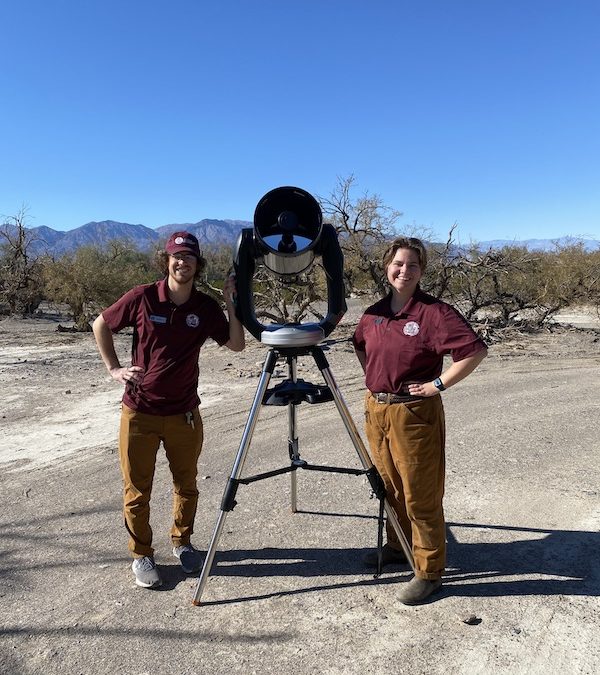
Alt text: A variety of plants thriving in a garden, highlighting the importance of diverse plant life for pollinators.
7. Avoid Hybrid Flowers
While hybrid flowers may be beautiful, they often lack the pollen and nectar that pollinators need. Choose open-pollinated or heirloom varieties instead.
- Open-pollinated flowers produce abundant pollen and nectar, making them a valuable food source for pollinators.
- Heirloom varieties are often more flavorful and nutritious than hybrid varieties, making them a great choice for both you and the pollinators.
- Consider starting seeds from open-pollinated or heirloom varieties to save money and support genetic diversity.
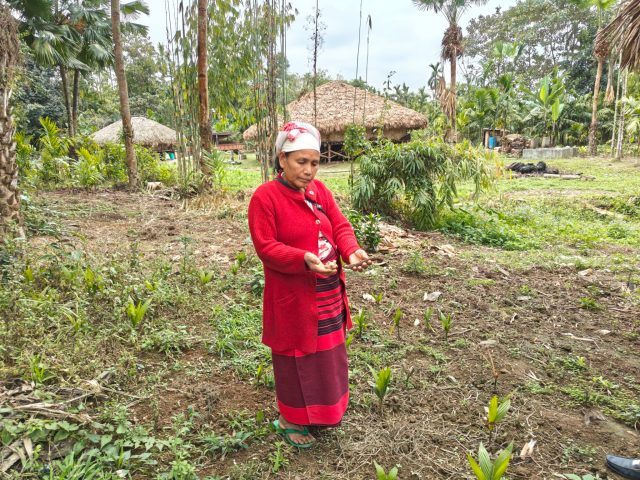
Alt text: A person holding a plant, emphasizing the connection between gardeners and the plants they nurture.
Creating a pollinator-friendly garden is not only beneficial for the environment, but it's also incredibly rewarding. Watching bees, butterflies, and hummingbirds flit around your garden is a joyful experience that connects you to the natural world. It's a simple act of stewardship that can make a big difference. Now is the perfect time to start planning your spring pollinator garden! What are your favorite pollinator-friendly plants? Share your experiences and photos in the comments below!
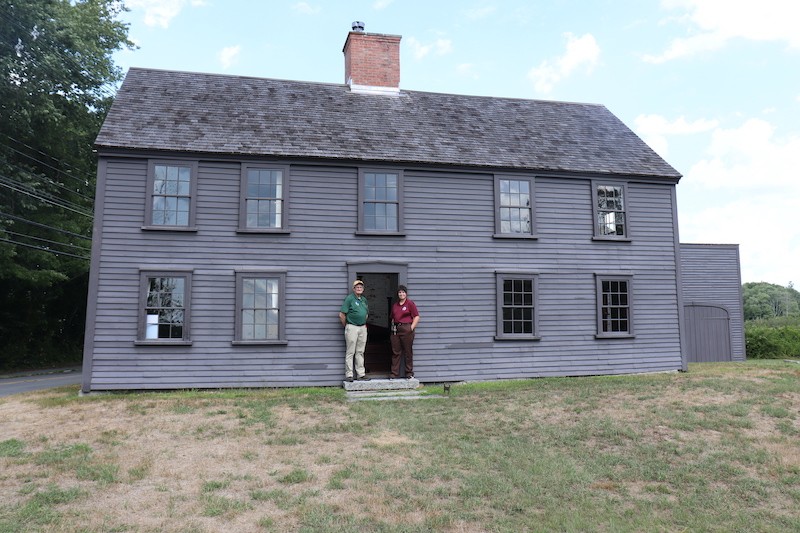
Alt text: A family smiling in front of a garden, representing the joy and community that gardening can bring.